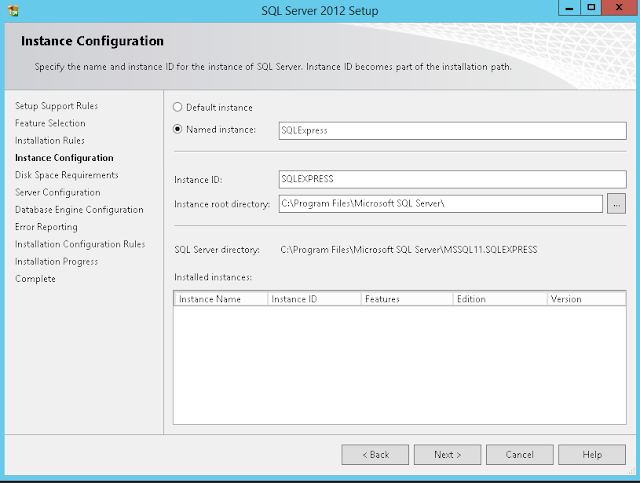Quest MNE - подготовка AD, Lotus, админские учетки Установка прав админа на все mailbox database Exchange, SQL
IMPORTANT:
You must use different user accounts for the Exchange Account and the Active Directory
Account. You must not use one account for both purposes.
Using one account for both purposes results in conflicting mailbox permissions that prevents MNE from
being able to access the exchange mailboxes when migrating mailbox data.
AD account:
Active directory account
An AD admin account is configured for access to Active Directory containers and objects, corresponding to
Migrator for Notes to Exchange’s AD Information screens. This must be a domain user account with full access to
the target OU. If the contacts will be merged with existing Active Directory user objects, the account must have full
control of the OUs/containers where the AD user objects currently reside. This ensures Migrator for Notes to
Exchange has sufficient access to properly join to the merged user objects, and prevents the creation of duplicate
contacts.
To set AD container permissions in Exchange 2010 or later:
• Use PowerShell to assign the necessary permissions to the AD admin using the following cmdlet (where
<UserAcct> is the admin’s SecurityPrincipalIdParameter):
Add-RoleGroupMember 'Organization Management' -member <UserAcct>
• Also, for Exchange 2010 or later (only):
This admin account must be configured with remote PowerShell enabled using the following Exchange Shell
command:
Set-User <alias> -remotepowershellenabled $true
... where <alias> is the AD account to which you are granting access.
EXCHANGE account :
To set Receive As rights in Exchange 2010 or later, for all mail stores, use the following PowerShell command (in
one continuous line):
get-mailboxdatabase | add-adpermission -user <username> -extendedrights receive-as
SQL:
The SQL bulk import directory (specified in the SQL Server Configuration screen of
Notes Migration Manager) must be accessible to all migration servers, and to the
user that the SQL Server will run as.
You must use different user accounts for the Exchange Account and the Active Directory
Account. You must not use one account for both purposes.
Using one account for both purposes results in conflicting mailbox permissions that prevents MNE from
being able to access the exchange mailboxes when migrating mailbox data.
AD account:
Active directory account
An AD admin account is configured for access to Active Directory containers and objects, corresponding to
Migrator for Notes to Exchange’s AD Information screens. This must be a domain user account with full access to
the target OU. If the contacts will be merged with existing Active Directory user objects, the account must have full
control of the OUs/containers where the AD user objects currently reside. This ensures Migrator for Notes to
Exchange has sufficient access to properly join to the merged user objects, and prevents the creation of duplicate
contacts.
To set AD container permissions in Exchange 2010 or later:
• Use PowerShell to assign the necessary permissions to the AD admin using the following cmdlet (where
<UserAcct> is the admin’s SecurityPrincipalIdParameter):
Add-RoleGroupMember 'Organization Management' -member <UserAcct>
• Also, for Exchange 2010 or later (only):
This admin account must be configured with remote PowerShell enabled using the following Exchange Shell
command:
Set-User <alias> -remotepowershellenabled $true
... where <alias> is the AD account to which you are granting access.
EXCHANGE account :
To set Receive As rights in Exchange 2010 or later, for all mail stores, use the following PowerShell command (in
one continuous line):
get-mailboxdatabase | add-adpermission -user <username> -extendedrights receive-as
SQL:
The SQL bulk import directory (specified in the SQL Server Configuration screen of
Notes Migration Manager) must be accessible to all migration servers, and to the
user that the SQL Server will run as.


Комментарии
Отправить комментарий